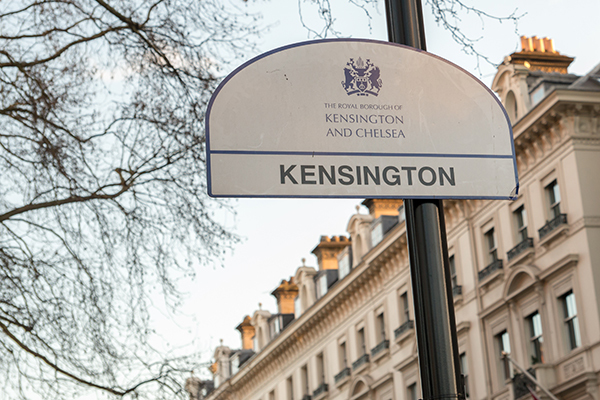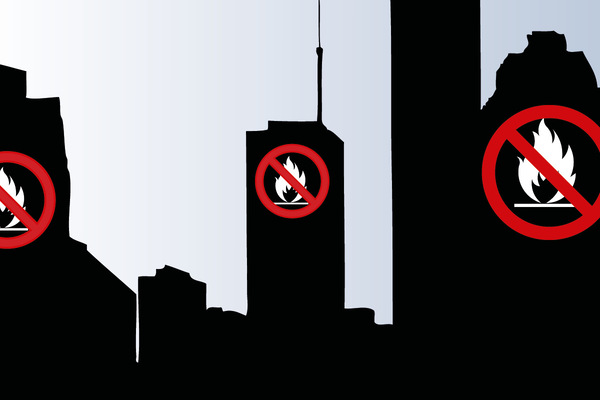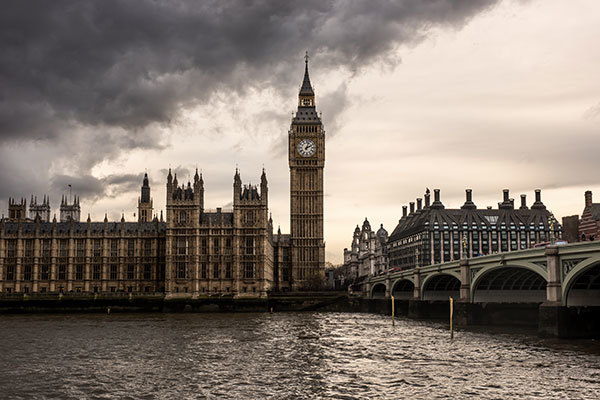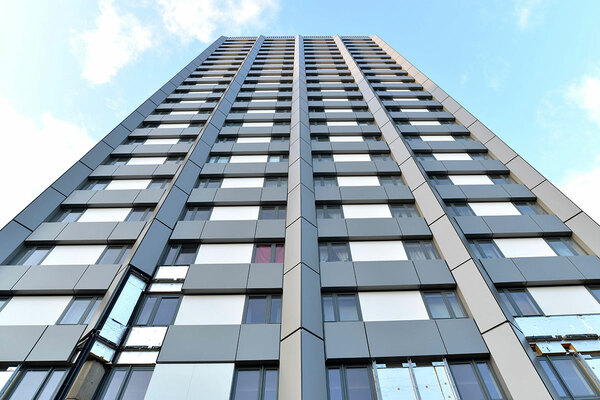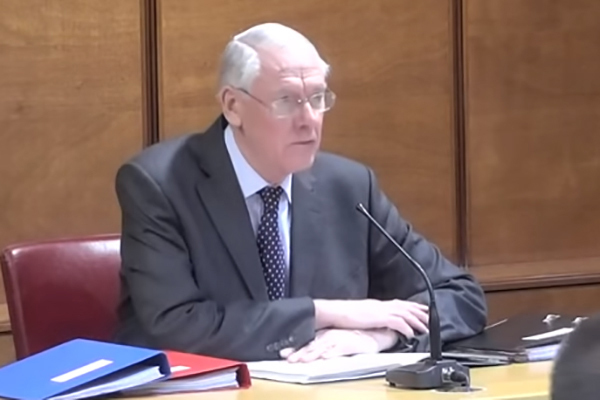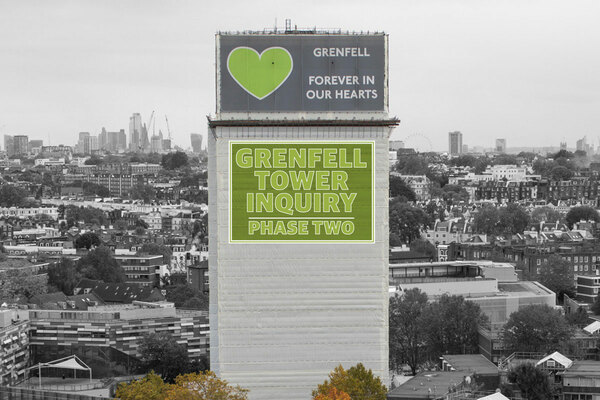RBKC building control officers failed to request basic details of Grenfell cladding system
Building control officers at the Royal Borough of Kensington and Chelsea (RBKC) failed to request basic details about the cladding system installed on Grenfell Tower before signing it off, the council has admitted.
In an opening statement to the inquiry into the fire today, the council’s barrister outlined five major failures of the team responsible for ensuring the refurbishment complied with the building regulations. These were:
- A failure to ask for comprehensive details of the cladding system, including the crown (which assisted in allowing the fire to spread horizontally)
- A failure to request an up-to-date version of the fire safety strategy, having received one dated November 2013
- A failure to identify that the insulation was combustible and therefore did not comply with official guidance
- A failure to recognise that the plans submitted did not contain sufficient cavity barriers or fire breaks
- The issuance of a completion certificate on 7 July 2016 despite the above failings
The cladding system installed on Grenfell Tower has already been identified as the primary reason flames spread so rapidly up the building in the fire that killed 72 people in June 2017.
It was also determined in the first phase report that the cladding – which comprised aluminium composite material (ACM) panels and combustible plastic insulation – breached building regulations.
James Maxwell-Scott QC, representing RBKC, today told the inquiry: “The council apologises unreservedly for the failings in the processing and consideration of the application for building control approval.”
He added that the council would have admitted the mistakes sooner but that “building control failed to retain sufficient records for the Grenfell Tower refurbishment project and, as a result, the council was previously unable to set out a detailed position on the application for building control approval”.
The process has been reconstructed by inquiry experts following disclosure of evidence by the companies involved in the refurbishment.
A legal precedent protects building control officers from liability for negligence in civil law, but not criminal liability. The Metropolitan Police are currently carrying out a broad investigation into the fire, which includes potential charges for gross negligence manslaughter.
The new revelation comes amid searching questions about the efficiency of building control services across the country, given the large number of buildings with combustible materials on their facades.
Dame Judith Hackitt, who reviewed the system of building regulation, in the aftermath of the fire recommended more powers be given to local authority inspectors as opposed to their private sector counterparts.
This is despite the sign-off for Grenfell coming from local authority inspectors.
An investigation by Inside Housing last year revealed a fairly even split in the sign-off of ACM cladding systems between private and local authority inspectors.
The inquiry continues.
Grenfell Tower Inquiry: phase two timeline
Sir Martin Moore-Bick, the retired judge who chairs the inquiry (picture: Grenfell Tower Inquiry)
The inquiry will be spread across eight modules, with the below timeline set out at the start of the inquiry:
Module one: 27 January to April 2020
Module one will examine the role, acts and omissions of the professionals involved in the refurbishment of the tower from 2012 to its sign-off on 20 July 2016.
Module two: 4 May to mid-June 2020
This section will examine the testing, classification, certification and marketing of key products used in the external wall, particularly the Reynobond PE 55 cladding panels and the polyisocyanurate insulation made by Celotex.
Module three: June to early October 2020
This will involve three topics: first, the complaints made by residents, particularly those relating to fire safety and the quality of the workmanship; second, the compliance with the requirements of the Regulatory Reform Order 2005 by the council, Kensington and Chelsea Tenant Management Organisation and the London Fire Brigade; and finally, active and passive safety measures in the tower. Closing statements for all the first three modules will then follow.
Module four: mid-October to mid-November 2020
This module will assess the performance of local and national government in the immediate aftermath of the fire.
Module five: mid-November 2020 to mid-February 2021
The firefighting operation will be reviewed in more detail in this section, including an analysis of training and the suitability of equipment.
Module six: February 2021 to May 2021
This module will turn the lens on central government, with a focus on the responses to previous incidents and
reports, coroners’ recommendations and things of that nature – including in respect of the building regulations and associated guidance, as well as fires and firefighting.
Module seven: May 2021
One week has been set aside for an assessment of the remaining expert evidence.
Module eight: timetable to be announced
This will assess any remaining evidence, including an attempt to establish how each of the deceased met their deaths. The bereaved and survivors have been invited to make submissions about other matters, which should be considered in this module.
Grenfell Tower Inquiry phase two previews
Picture: Getty
Inside Housing published a series of preview articles ahead of the start of Phase Two of the Grenfell Tower Inquiry on Monday 27 January. You can read them here:
What was known in central government about cladding?
What did officials know about the dangers of fire from combustible cladding, and did they act on the warnings?
Click here to read the full story
The testing and certification of materials
What tests and certificates existed for the materials used in the cladding system on Grenfell Tower, and was the system that provided them fit for purpose?
Click here to read the full story
The decision to install the cladding
Who decided to install polyethylene-cored ACM cladding on Grenfell Tower and why?
Click here to read the full story
The fire doors and windows
What went wrong with the fire doors and window installed at the tower?
Click here to read the full story
The warnings of the local community
What did residents say before the fire and why were they ignored?
Click here to read the full story
Over the course of the inquiry, Inside Housing will publish regular news updates on its progress and a weekly round-up of the key evidence and its significance for the social housing sector every Friday afternoon.
